
In today's evolving e-Commerce landscape, staying ahead of the competition is paramount for success. One of the most important ways to gain an edge is by mastering competitive price intelligence. It is essential because it helps you identify the lowest prices and avoid buying from a competitive vendor to save money during promotional periods. It gives you a competitive lead by setting your prices higher than their cheapest competitors. In short, it allows you to position yourself in the market better and increase your sales volume over time.
This article will discuss competitive price intelligence and how to effectively compete for market share while increasing sales and profit margins. We will discuss the best practices for doing so, then link to a price intelligence software that lets you track your competition's pricing trends.
What is competitive price intelligence?
Competitive price intelligence is the process of monitoring your competitors' prices to find out what they're charging and how they're pricing their products. It allows you to make informed pricing decisions likely to result in greater profits. Businesses might use this information to increase market share by undercutting the lowest prices with special deals or discounts on your products. We can help identify and position ourselves above the competition by raising our prices above theirs, making ourselves more attractive as a brand.
Importance of competitive price intelligence for e-Commerce businesses
The ability to master competitive price intelligence is one of the most critical facets of learning business in the e-Commerce industry. Using it to your advantage will allow you to compete for market share and enhance your ability to win more sales. It helps you avoid buying from a competitor selling at a lower price. It can help you save money and increase your profit margins.
For example, let's say that you're an e-commerce business selling running shoes, and the company that makes them (in our instance, Nike) decides that it wants to have its stellar e-commerce site. To compete with all its major competitors, such as Adidas, Reebok, etc.
Benefits of Competitive Price Intelligence
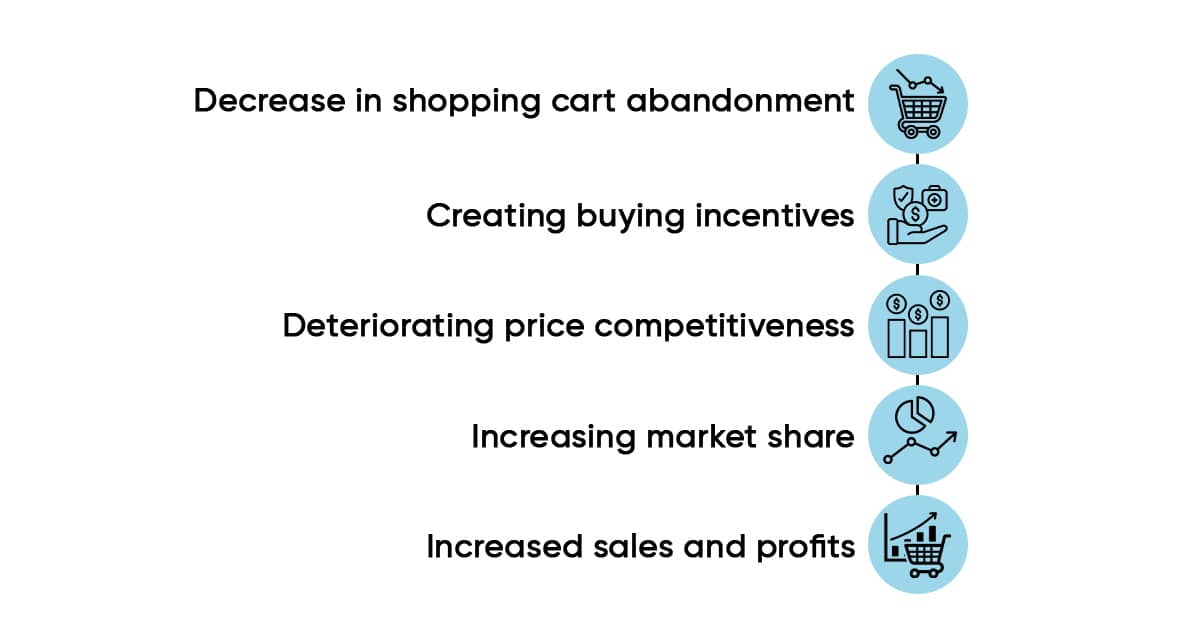
Competitive price intelligence has many benefits for e-commerce businesses, including:
Decrease in shopping cart abandonment:
Shopping cart abandonment is a massive problem for e-commerce stores. Abandonment rates range from 50-70% of total visitors, and the cost of abandoned shopping carts averages about $4.60 per visitor. Suppose you reduce your shopping cart abandonment rate. You will be well on your way to increasing profits because that increased profit can be invested back into the business to improve margins.
Creating buying incentives:
If you are willing to lower your prices just below competitors', you can use this tool to entice price-sensitive customers into paying customers. Put another way, and price sensitivity is essential in a purchase decision. If you want customers to buy from you instead of your competitors, you must convince them. If your prices are the same as your competitor's, it's a choice between "sameness" versus the perceived higher value of one business.
Deteriorating price competitiveness:
When you keep your prices high and maintain steady product growth, your competitors undercut you to increase sales. It will impact your standing in the marketplace. So if you can identify what they're doing and then stop them, you can avoid the loss of market share.
Increasing market share:
Suppose you arrive at the market first with a lower price than your competitors. Then customers will perceive that there's value in buying from you instead of them. Since this will drive up demand for what you sell, your sales volume over time will increase. Your average sale price will be lower than your competitors so that you can expand your revenue. Once you increase your sales volume, you'll likely use the additional revenue to offer discounts on product pricing.
Increased sales and profits:
Although this is a stretch regarding the actual numbers, let us say you manage to increase your shopping cart abandonment rate by 2%. This means that 20% fewer visitors will abandon their carts, and they'll buy more products while they're at your site. As a result, sales and profit margins have increased over time. While this isn't true for all e-commerce businesses, it could apply to some.
Tools for Competitive Price Intelligence
Now that we've discussed why and how to use competitive price intelligence let's look at some of the best tools.
1. Retailgators:
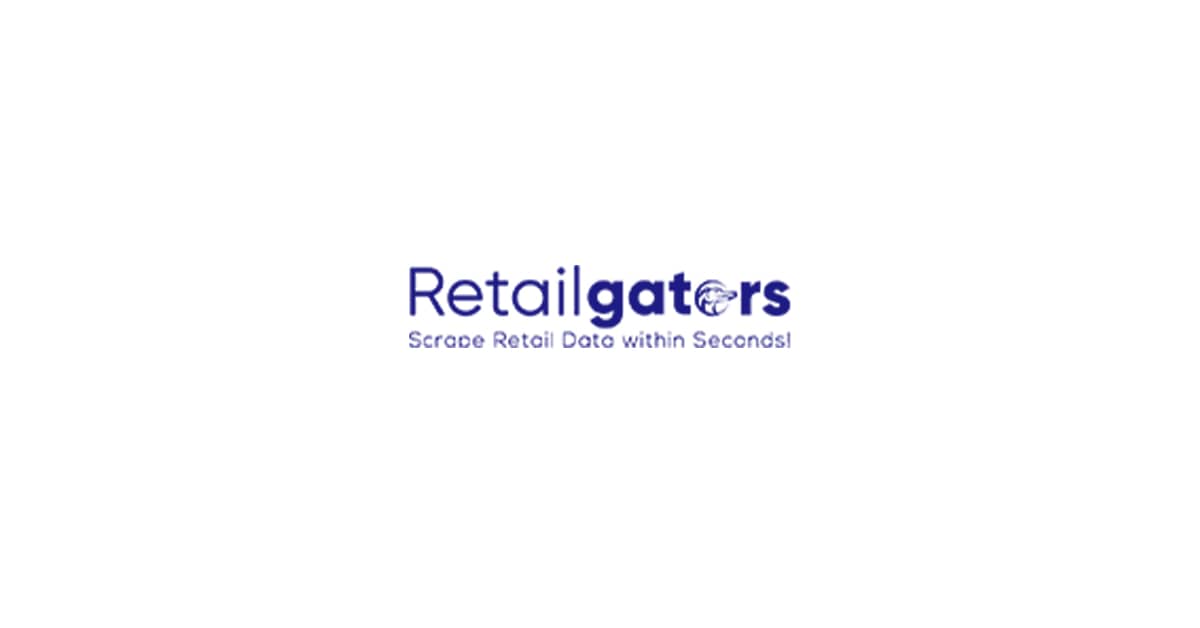
If you're an e-commerce business competing in a competitive marketplace, you must use competitive price intelligence to win sales. As discussed earlier, using a competitive intelligence tool is the best way. Regarding cost and effectiveness, Retailgators is one of the best.
Retailgators claims it has over 5 billion records in its database, including pricing details from over 500 major retailers and over 8 million products across 25 categories. Its researchers update all this data daily. This ensures you have the most current information on your products and their pricing trends.
In addition to product and price information, Retailgators allows you to monitor your competitors' social media activities. It's tied into their Order Management System, which allows you to download purchase orders. It will enable you to record your customer's purchasing habits to better serve them in the future.
2. Scoutify:
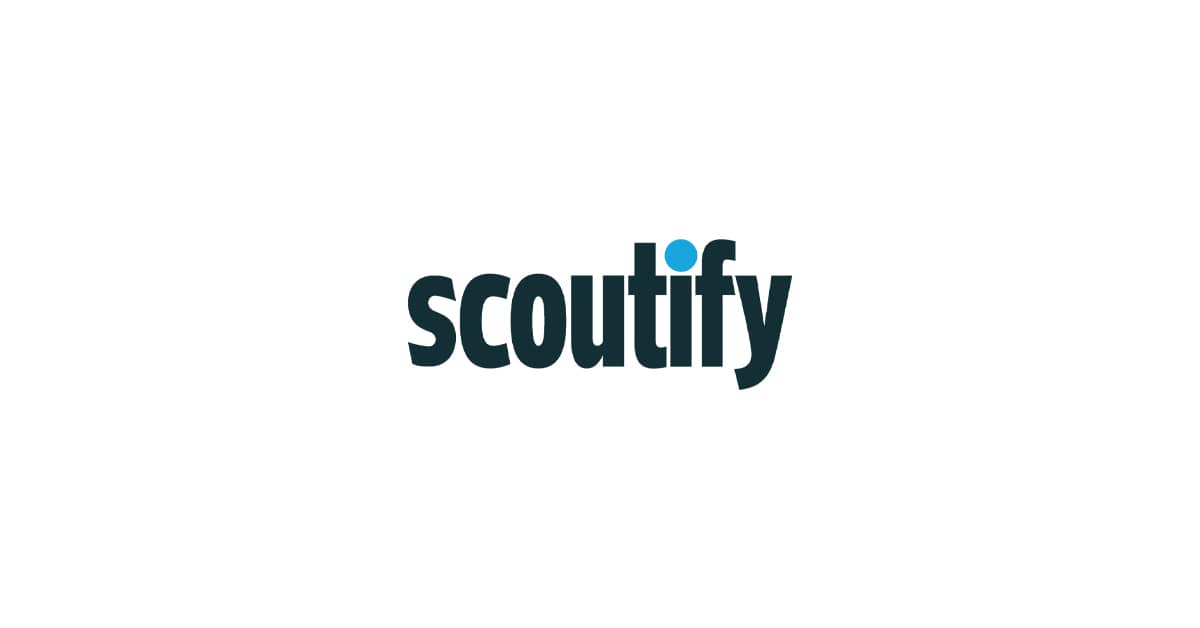
Scoutify is a web-based monitoring tool that provides real-time data on competitor pricing. It shows the availability across 700,000 products in over 9,0For e-commerce online stores. For e-commerce businesses in the United States, it provides accurate pricing information from Amazon, Walmart, and other large retailers such as Best Buy and Target. It allows you to monitor competitors' product pricing by entering the keywords and SKU numbers in its search engine.
It will give you a list of specific items and their prices to track your competitor's prices over time. Scoutify allows you to analyze competitors' availability by scanning stores' stock information. It will enable you to monitor when products go out of stock or become back-ordered.
3. Zilliant:
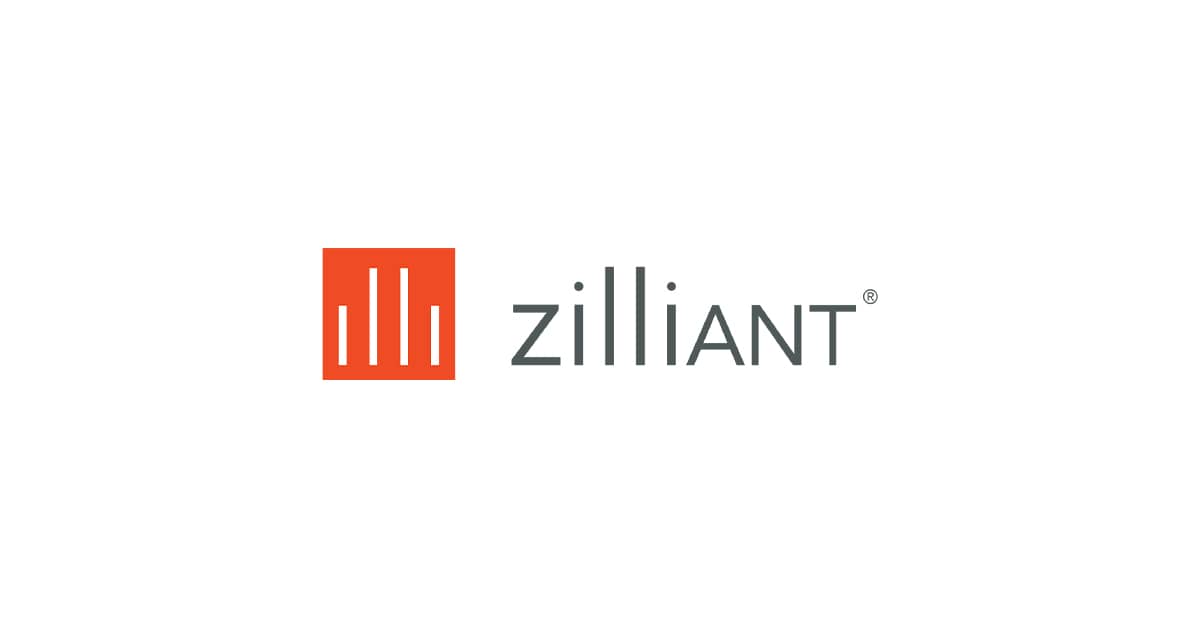
Zilliant is another online tool. It allows you to monitor competitor pricing and availability across over 7,000 retailers. The software offers access to 28,000 products from some of the largest retailers available, including eBay and Etsy. You can use Zilliant to monitor product pricing by entering your keywords into the search engine. It will give you a list of products with prices to track competitors' offerings and their costs over time.
4. Nexternal:
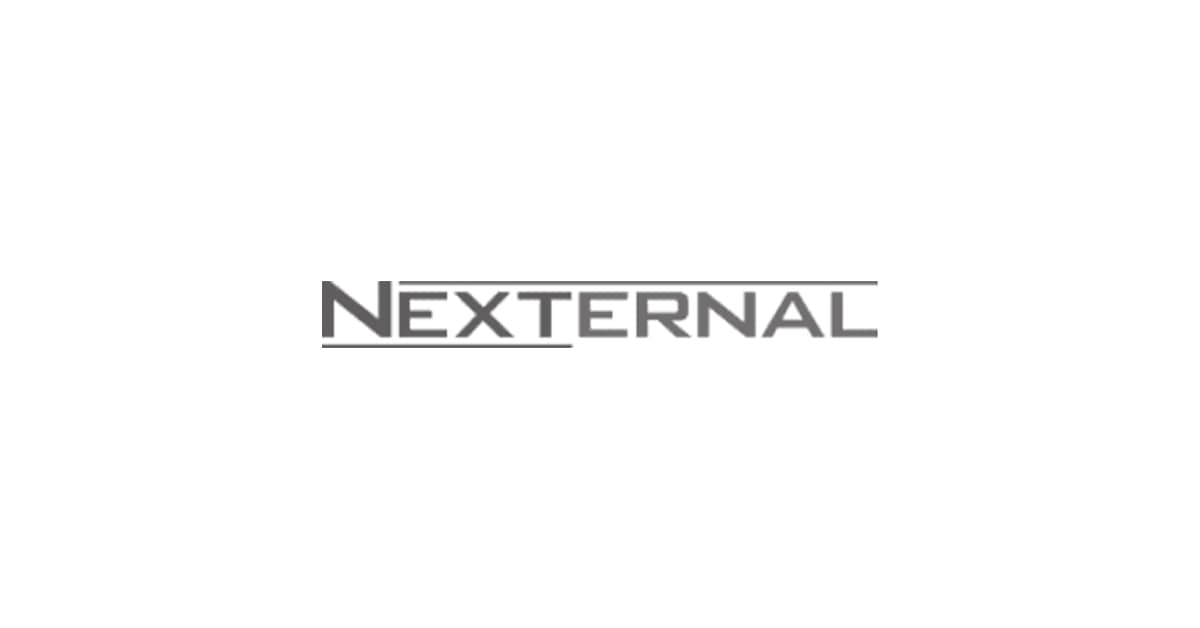
To keep track of your competitor's online activities in real time, you should use Nexternal. The tool provides real-time visibility into your competitor's sales and marketing activities. It includes their social media presence too. It will allow you to monitor what your competitors are doing so that you know when and how it might affect your business.
Conclusion
Competitive price intelligence is essential for e-commerce businesses looking to win sales in the competitive online marketplace. If you're not using this tool, your competitors will be out-pricing and undercutting you at every opportunity. It will slowly erode your business viability and make you a target for even more aggressive pricing strategies for your competitors.
While not a cure-all for pricing problems, competitive intelligence tools are an excellent way to assess what's going on with your competitors and their products in the marketplace. You must know how they price their products so that you can keep up with them and maintain parity in your product pricing strategies.








Leave a Reply
Your email address will not be published. Required fields are marked